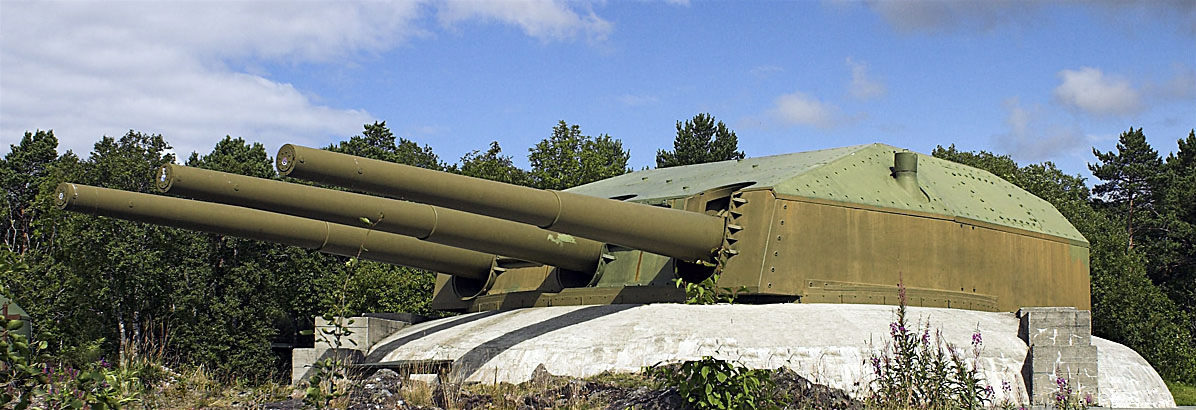Austrått Fort on:
[Wikipedia]
[Google]
[Amazon]
 Austrått Fort is a disused
Austrått Fort is a disused
 Austrått Fort is a disused
Austrått Fort is a disused coastal artillery
Coastal artillery is the branch of the armed forces concerned with operating anti-ship artillery or fixed gun batteries in coastal fortifications.
From the Middle Ages until World War II, coastal artillery and naval artillery in the form of ...
site located at Austrått
Austrått or Austrått Manor () is a manor in Ørland Municipality in Trøndelag county, Norway. Since the 10th century, Austrått has been the residence for many noblemen, noblewomen, and officials who played a significant role in Norwegian hist ...
in Ørland Municipality
Ørland is a List of municipalities of Norway, municipality in Trøndelag Counties of Norway, county, Norway. It is part of the Fosen Districts of Norway, region. Ørland is located at the southwestern tip of the Fosen peninsula at the northern ...
in Trøndelag
Trøndelag (; or is a county and coextensive with the Trøndelag region (also known as ''Midt-Norge'' or ''Midt-Noreg,'' "Mid-Norway") in the central part of Norway. It was created in 1687, then named Trondhjem County (); in 1804 the county was ...
county, Norway
Norway, officially the Kingdom of Norway, is a Nordic countries, Nordic country located on the Scandinavian Peninsula in Northern Europe. The remote Arctic island of Jan Mayen and the archipelago of Svalbard also form part of the Kingdom of ...
. It was constructed in 1942 by the German Wehrmacht
The ''Wehrmacht'' (, ) were the unified armed forces of Nazi Germany from 1935 to 1945. It consisted of the German Army (1935–1945), ''Heer'' (army), the ''Kriegsmarine'' (navy) and the ''Luftwaffe'' (air force). The designation "''Wehrmac ...
to protect the Trondheimsfjord
The Trondheim Fjord or Trondheimsfjorden (), an inlet of the Norwegian Sea, is Norway's List of Norwegian fjords, third-longest fjord at long. It is located in the west-central part of the country in Trøndelag county, and it stretches from Ørl ...
during the German occupation of Norway
The occupation of Norway by Nazi Germany during the Second World War began on 9 April 1940 after Operation Weserübung. Conventional armed resistance to the German invasion ended on 10 June 1940, and Nazi Germany controlled Norway until th ...
during World War II
World War II or the Second World War (1 September 1939 – 2 September 1945) was a World war, global conflict between two coalitions: the Allies of World War II, Allies and the Axis powers. World War II by country, Nearly all of the wo ...
. The fort's centrepiece is a triple 28 cm SK C/34 (11-inch) gun turret from the German battleship ''Gneisenau'', which was damaged in Kiel
Kiel ( ; ) is the capital and most populous city in the northern Germany, German state of Schleswig-Holstein. With a population of around 250,000, it is Germany's largest city on the Baltic Sea. It is located on the Kieler Förde inlet of the Ba ...
by British aerial attack. The three-gun turret weighs 800 tons and was capable of firing 730-pound shells . The last firing took place in 1953 and the fort was decommissioned in 1968. It opened as a museum in 1991.
Like its sister battery, the Fjell Fortress on Sotra
Sotra or Store Sotra is the name of a large island in Øygarden Municipality in Vestland county, Norway, located just west of the city of Bergen. It is part of a pair of islands called ' Sotra' and ' Litlesotra' ('small Sotra') that are part of ...
Island near Bergen
Bergen (, ) is a city and municipalities of Norway, municipality in Vestland county on the Western Norway, west coast of Norway. Bergen is the list of towns and cities in Norway, second-largest city in Norway after the capital Oslo.
By May 20 ...
, a shaft was cut out of the rocks for the huge former ''Gneisenau'' battleship gun turret. The triple 28 cm SK C/34 turret became available after the discontinuation of the Kriegsmarine battleships building programme in 1942. Turret Anton was split up in three separate barrels and placed at Fort Rozenburg in the Netherlands. Turret Bruno was installed in a shaft on Sotra, Norway. Turret Caesar was emplaced halfway up occupied Norway. About 650 Yugoslavian slave laborers, mostly Serbs
The Serbs ( sr-Cyr, Срби, Srbi, ) are a South Slavs, South Slavic ethnic group native to Southeastern Europe who share a common Serbian Cultural heritage, ancestry, Culture of Serbia, culture, History of Serbia, history, and Serbian lan ...
( Partisans and Chetniks
The Chetniks,, ; formally the Chetnik Detachments of the Yugoslav Army, and also the Yugoslav Army in the Homeland; and informally colloquially the Ravna Gora Movement, was a Kingdom of Yugoslavia, Yugoslav royalist and Serbian nationalist m ...
) worked under awful conditions on the tunnels and bunkers around the hill. In a short time, a large underground system with supporting bunkers was finished. In August 1943 the guns were test-fired. No real engagements occurred during the remainder of the war, however.
The underground barracks and turret shaft with its ammunition rooms are open to the public. Because the Norwegians kept the site in operating condition until 1968, it remains in a good state of preservation. Today it is one of the most complete examples of a World
War II German coastal battery extant.
In addition, the site still has its infantry defenses consisting of trenches and a recently renovated 4.7 cm Czech-made anti-tank gun in working condition. The gun covers an anti-tank wall through the woods intended to protect the entrance of the complex.
See also
*Oscarsborg Fortress
Oscarsborg Fortress () is a coastal fortress in the Oslofjord, close to the town of Drøbak in Akershus County, Norway. The best known part is situated on two small islets: ''Nordre Kaholmen'' and ''Søndre Kaholmen''. In addition, the main art ...
References
Ørland Forts in Norway 1943 establishments in Norway Military installations established in 1943 Military installations in Trøndelag {{SørTrøndelag-geo-stub